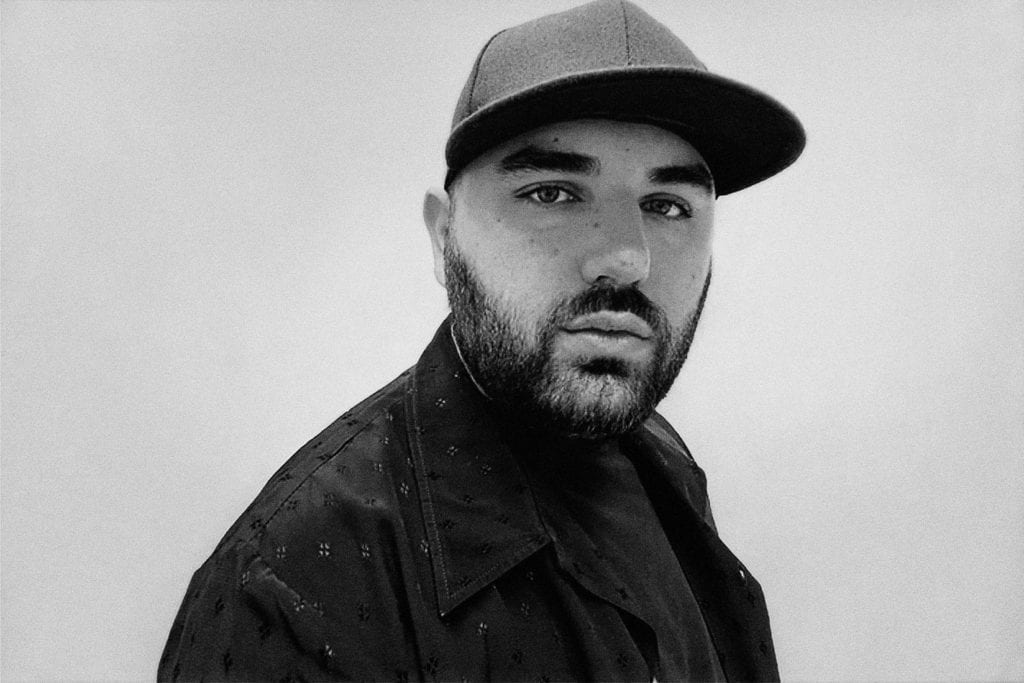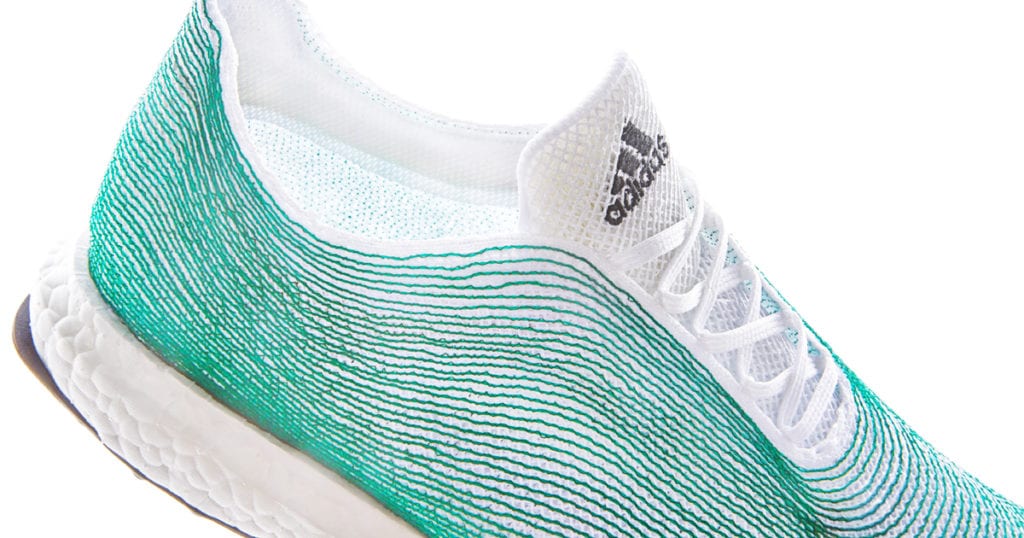The well-known London-based e-commerce platform Matchesfashion launches its new program The Innovators, which features 12 fashion designers that stood out from the crowd in the global fashion scenario. “What makes an innovator?” is the question that started this program aimed at actively support emerging, talented and, of course, innovative designers for one year.
The project idea became solid during COVID-19 pandemic, as Fashion & Buying Director Natalie Kingham stated, when the designers expressed their need of a more practical support, in order to let their emerging brands thrive during these difficult times. For this reason Matchesfashion decided to turn The Innovators into a programme not only able to showcase young talents, but also in the position to give them a tangible support through tutoring and marketing activities.
Now a question comes to mind: What’s the reason for being so into new talents? Matchesfashion answers, stressing the importance and the influence in fashion of the “small labels with strong narratives and beliefs”.
The chosen brands not only make us question our relationship with usual designs, they are above all social innovators, who advocate for a deep change that they expect to witness in the fashion industry: sustainability, gender fluidity, diversity and inclusion are just a few of the values these young designers want to carry out.

Art School
“An innovator is someone who pushes the boundaries – And is a rebel against the system”
With its peculiar aesthetics defined by the founders, Eden Loweth and Tom Barrat, “decadent minimalism” the brand Art School displays luxury clothes inspired by the Hollywood glamour which reinterpret the concepts of menswear and womenswear.

Bianca Saunders
“An innovator is someone who creates their own lane and is confident in what their work has to say and also, someone that can create their own tribe”
The designer Bianca Saunders based her brand on 3 main points: gender fluidity, cultural heritage and music, that has always had a strong influence on her. Her style showcases an interesting dualism: from one side clear minimalism while on the other rich draped fabrics.

LOVERBOY
“What makes somebody an innovator is their ability to tap into an authentic energy within their work. Output is honest and relatable, whether you’re from any walk of life”
The brand LOVERBOY reflects its Creative Director Charles Jeffrey’s vision, embracing the typical London night-life spirit. His trademarks are painterly prints and structured highly-detailed silhouettes.

Chopova Lowena
“Being an innovator I think means being able to think and act differently and kind of commit to one’s vision”
Emma Chopova and Laura Lowena’s brand makes ready-to-wear inspired by the contrast between traditional dresses and sportswear, blending Bulgarian tradition with the ‘80s rock.

Wales Bonner
The founder Grace Wales Bonner shows in her designs her love for beauty as well as her intention to mix two different worlds: Afro culture and European luxury. The peculiarity of her style is for sure her reinterpretation of “race” and “gender”.

Harris Reed
“An innovator is someone who is not scared, who does not hold back. Someone who is ready to make a change in this world”
The brand Harris Reed is founded on beauty and a gender-fluid identity, with a strong aesthetics inspired by Victorian age and glam rock. According to the designer there is always a good reason to properly dress up and play with the silhouette, regardless of the occasion.

Germanier
For the founder Kevin Germanier the main objective is to raise awareness in the fabric choice. Sustainability to Germanier is essential and he shows it in his collections, where clothes are made from upcycled materials.

Ludovic de Saint Sernin
“I think you’re an innovator when you find unique ways to present yourself”
The French designer Ludovic de Saint Sernin blends in his collections a minimalistic style and a gender-neutral look. It’s Saint Sernin who stated that “a garment is defined by the wearer”.

Halpern
“What makes someone an innovator are authenticity and a clear point of view. If everyone likes what you’re doing, you’re probably doing something wrong”
The first thing to Michael Halpern is color: pastels and bright shades mixed together in a design that distinguishes itself for its well-defined silhouettes inspired by the ‘70s night-life.

Ahluwalia
“I think it’s important for diverse stories to be told by authentic storytellers”
Priya Ahluwalia presents collections whose distinctive trait is, above all, denim. Another essential element is sustainability: she only uses vintage scarves and deadstock textiles.

Stefan Cooke
“An innovator is someone who makes you question your relationship with fashion”
Stefan Cooke and Jake Burt carry out their willingness to make “unfamiliar the familiar”, creating slightly unique pieces. They take inspiration from modern art and urban subculture.

Thebe Magugu
The Johannesburg-based designer during the creative process focuses on history and storytelling, in particular not widely-known or forgotten stories expressed through his clothes. He advocates for a fashion system kinder towards both the environment and the single workers.

Sources: https://www.matchesfashion.com/intl/mens/stories/2020/09/the-design-innovators-issue/designers-introducing-the-innovators-aw20
Production: Christopher Garfield
Creative Booking Director: Tomasina Lebus
Photographs by Trisha Wars
Interviews by Billie Brand










